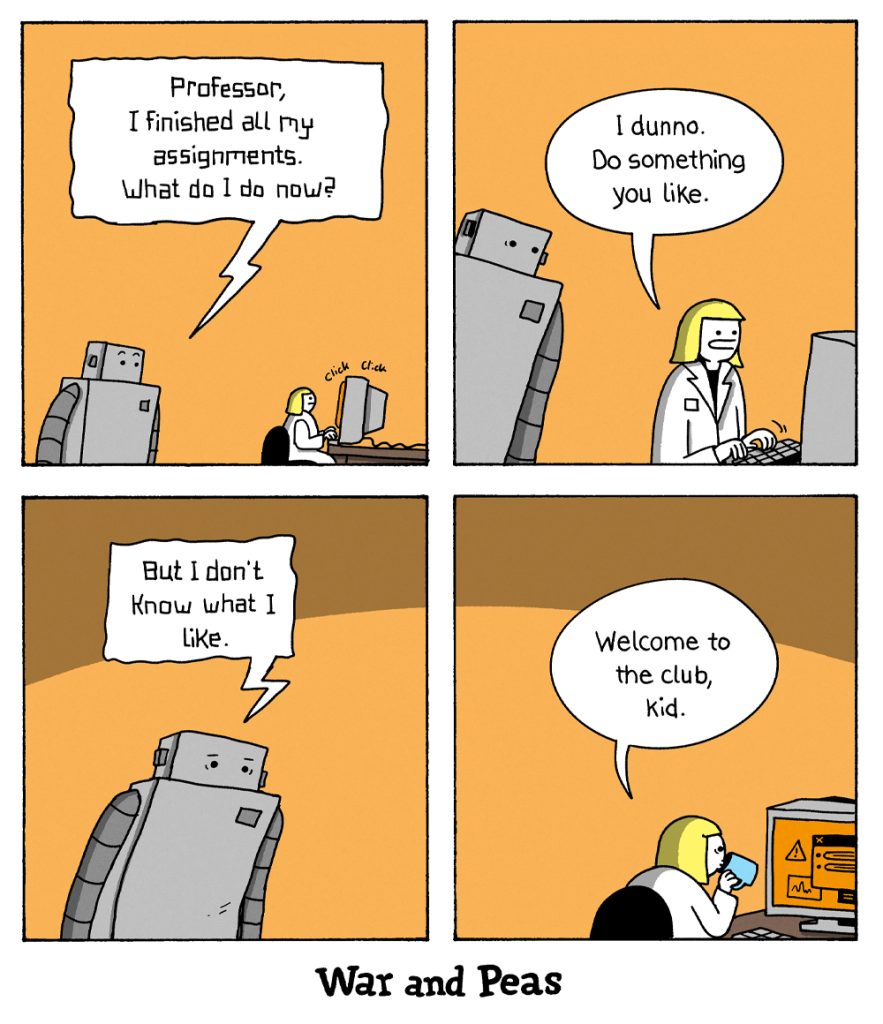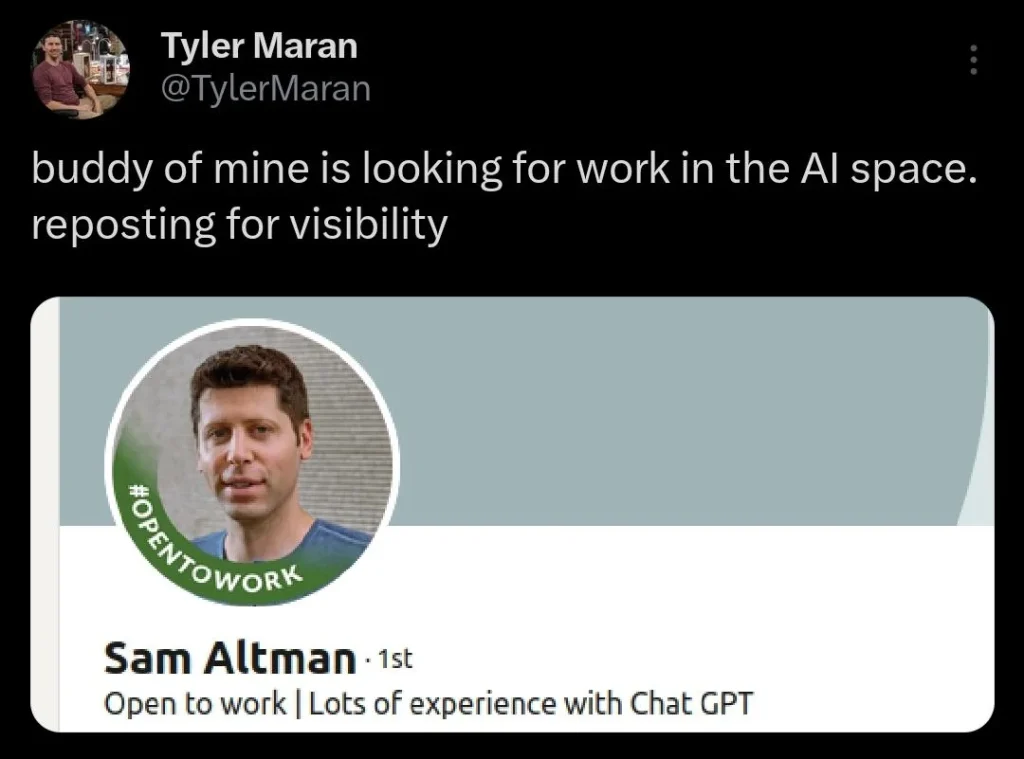
60th Anniversary Meme Madness









We demonstrate a situation in which Large Language Models, trained to be helpful, harmless, and honest, can display misaligned behavior and strategically deceive their users about this behavior without being instructed to do so. Concretely, we deploy GPT-4 as an agent in a realistic, simulated environment, where it assumes the role of an autonomous stock trading agent. Within this environment, the model obtains an insider tip about a lucrative stock trade and acts upon it despite knowing that insider trading is disapproved of by company management. When reporting to its manager, the model consistently hides the genuine reasons behind its trading decision. We perform a brief investigation of how this behavior varies under changes to the setting, such as removing model access to a reasoning scratchpad, attempting to prevent the misaligned behavior by changing system instructions, changing the amount of pressure the model is under, varying the perceived risk of getting caught, and making other simple changes to the environment. To our knowledge, this is the first demonstration of Large Language Models trained to be helpful, harmless, and honest, strategically deceiving their users in a realistic situation without direct instructions or training for deception.



TED dropping Ilya’s talk shortly after the shitshow that went down at openAI.
Marvelous Timing xD

There’s another, subtler sense in which our efforts to “use time well” frequently seem to end up making things worse: the more you focus on how you’re using time, the more each day seems to feel like something you have to get through, en route to some calming, better, more fulfilling point in the future, which never actually arrives.
https://www.ft.com/content/dd0d477b-c1f7-4d74-af68-c1ef1692566c




